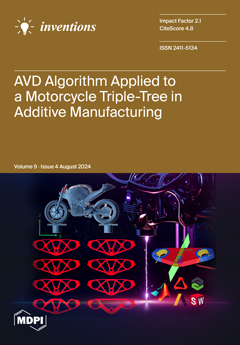A considerable number of Combined Heat and Power (CHP) systems continue to depend on fossil fuels like oil and natural gas, contributing to significant environmental pollution and the release of greenhouse gases. Two V-gutter flame holder prototypes (P1 and P2) with the same
[...] Read more.
A considerable number of Combined Heat and Power (CHP) systems continue to depend on fossil fuels like oil and natural gas, contributing to significant environmental pollution and the release of greenhouse gases. Two V-gutter flame holder prototypes (P1 and P2) with the same expansion angle, fueled with pure hydrogen (100% H
2) or hydrogen–methane mixtures (60% H
2 + 40% CH
4, 80% H
2 + 20% CH
4), intended for use in cogeneration applications, have been designed, manufactured, and tested. Throughout the tests, the concentrations of CO
2, CO, and NO in the flue gas were monitored, and particle image velocimetry (PIV) measurements were performed. The CO, CO
2, respectively, and NO emissions gradually decreased as the percentage of H
2 in the fuel mixture increased. The NO emissions were significantly lower in the case of prototype P2 in comparison with prototype P1 in all measurement points for all used fuel mixtures. The shortest recirculation zone was observed for P1, where the axial velocity reaches a negative peak of approximately 12 m/s at roughly 50 mm downstream of the edge of the flame holder, and the recirculation region spans about 90 mm. In comparison, the P2 prototype has a length of the recirculation region span of about 100 mm with a negative peak of approximately 14 m/s. The data reveal high gradients in flow velocity near the flow separation point, which gradually smooth out with increasing downstream distance. Despite their similar design, P2 consistently performs better across all measured velocity components. This improvement can be attributed to the larger fuel injection holes, which enhance fuel–air mixing and combustion stability. Additionally, the presence of side walls directing the flow around the flame stabilizer further aids in maintaining a stable combustion process.
Full article





